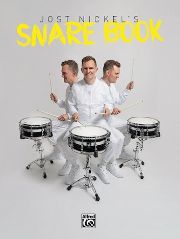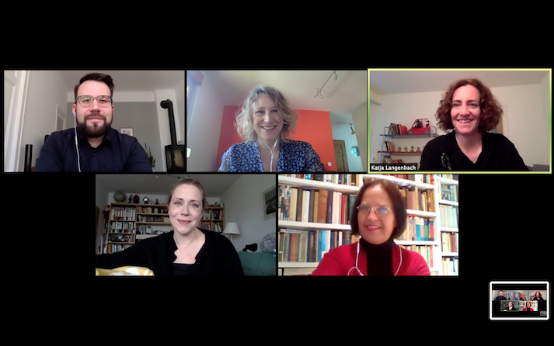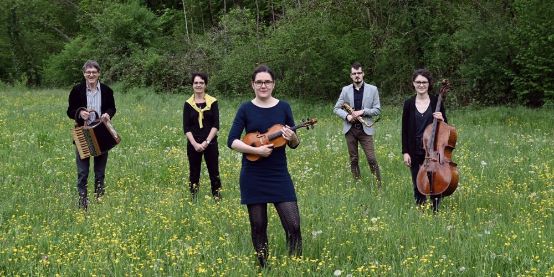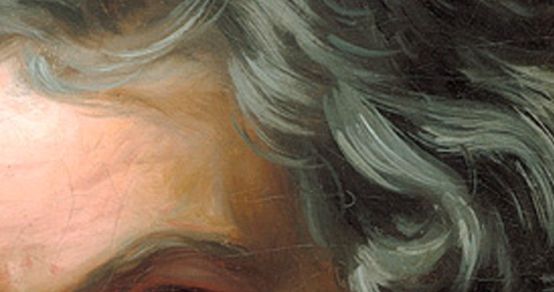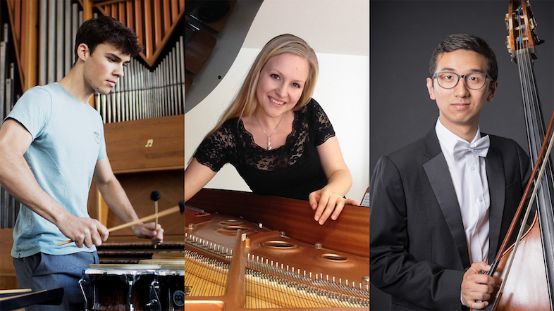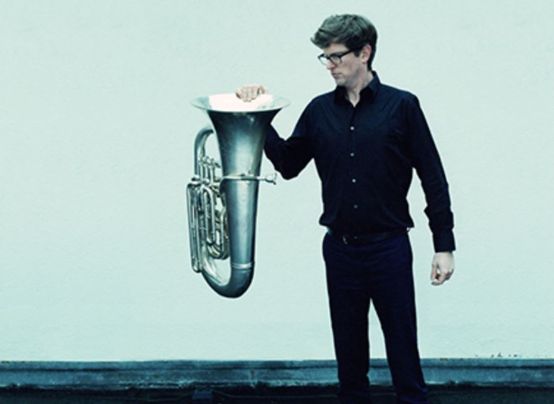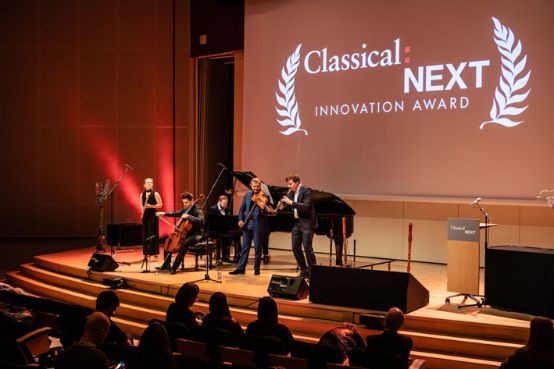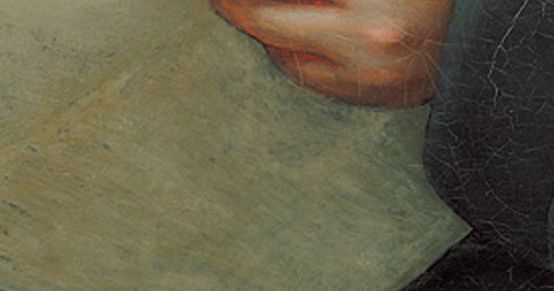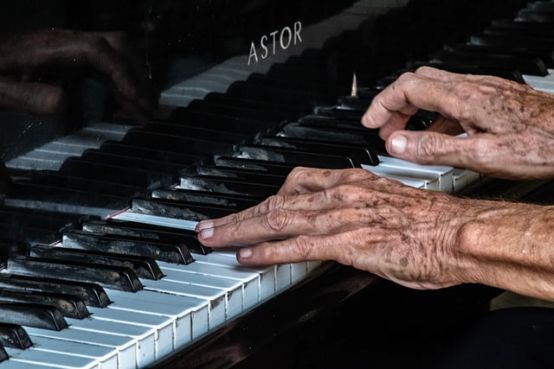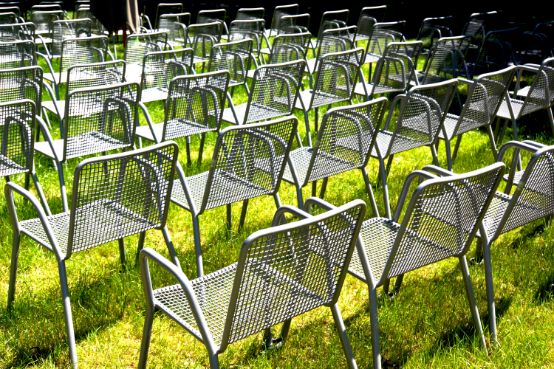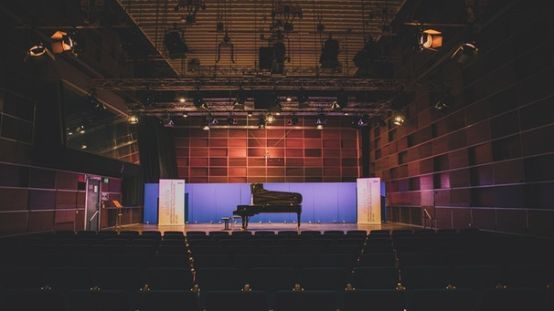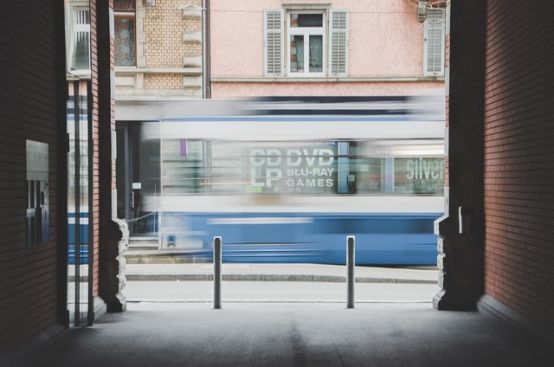Definitely not a typical rudiments book
In his "Snar Book", Jost Nickel offers a wealth of varied snare exercises and helpful tips on practicing in general.
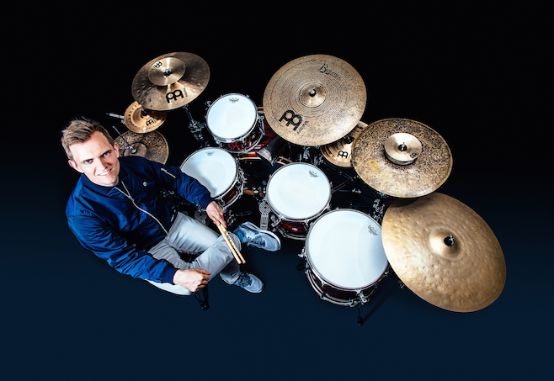
"I like practicing, but I don't like exercises where I have to play the same thing all the time. Of course practicing is repetition, but I don't want to get bored either." This is what Jost Nickel says and presents a work that offers players a wealth of different, varied snare exercises to improve their playing technique and general understanding of rhythm.
In his usual structured form, the author presents exercise concepts in various time signatures and subdivisions for the systematic improvement of rhythmic flexibility and motor independence as well as for better playing control via tempo changes, which strengthens the rhythmic overview. A separate bound booklet is included at the beginning of the book. These are the reading texts that are repeatedly used as a basis in the various chapters and topics. This shows how structured and well thought-out the work is.
The Snare Book is divided into six chapters. The first contains various warm-up exercises in which, for example, familiar hand movements are combined with unusual accentuations, subdivisions and time signatures. The ostinato exercises, which improve independence, are particularly exciting, while the interlocking exercises promote better coordination.
Clear concepts also characterize the second chapter of the book, in which Nickel leads step by step through exercises for inverted double-stroke rolls, flams, multiple strokes, ruffs, paradiddles and more. They enable the drummer to devise his own exercises by keeping the approach but changing the content.
Nickel also gives many helpful tips on practicing in general, e.g. how to sing a groove to the exercises or how to approach a practice plan with a tempo list. He describes the individual exercises in detail and clearly, guiding the player through the topics in a targeted manner.
Conclusion: an interesting work that makes you want to play the lottery drum.
Jost Nickel: Snare Book, book and reading texts (supplement). Art. no. 20279G, € 21.95, Alfred Music, Cologne






